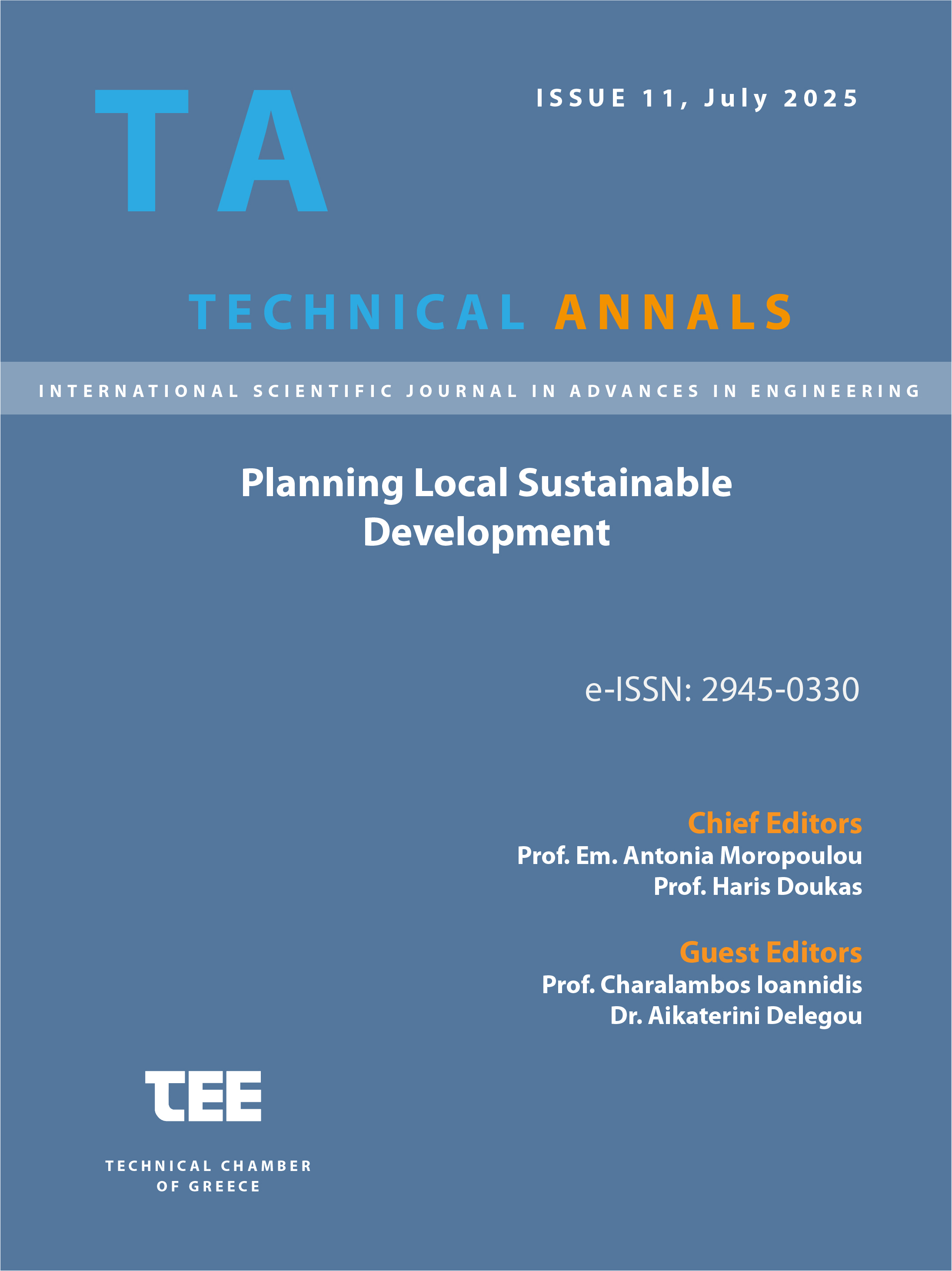Sustainable regional development and spatial-social inequalities

Abstract
In this paper, by theoretically approaching the definition of sustainable regional development, the social inequalities embedded in space and their role in the development of a region are explored. In order to draw conclusions, a comparison of data from the Regional Unity of Xanthi with the national total was made. It is considered that this specific Regional Unity of Greece is of particular interest due to both its demographic composition and its geopolitical location.
Considering that development is directly linked to space and the lagging of certain societies or segments of society in relation to others, and assuming that space has a bidirectional relationship with society, affecting and being affected by it, creating and organizing social relations, while spatial differentiation is a characteristic that defines social inequalities, the theoretical framework is established, and it is investigated whether, in the case of the Regional Unity of Xanthi, social inequalities exist that have spatial expression and lead population groups to social exclusion, while also acting as a hindrance to the region's development.
In this study, data from the Hellenic Statistical Authority (ELSTAT) from the 2021 census were examined and analyzed. The parameters analyzed include: a) the employment rate by sector of economic activity, b) the socio-professional characteristics, and c) the education level of the population, considering that the analysis of these characteristics can address our initial research question. The study highlights that social inequalities in the Regional Unit of Xanthi have a clear spatial expression, leading to social exclusion of specific population groups and acting as a barrier to the region's development. The data shows that children from poor and disadvantaged groups are less likely to continue to high school or higher education, which intensifies social inequalities. The lack of infrastructure, especially in mountainous areas, creates significant developmental gaps and limits opportunities for economic and social progress. The region exhibits high unemployment rates and low incomes compared to the national average, which exacerbates social and spatial inequalities. To achieve sustainable development, it is proposed to eliminate social and spatial inequalities through improvements in infrastructure, educational programs, strengthening the secondary sector, and supporting agricultural development.
Article Details
- How to Cite
-
Foufri, D. (2025). Sustainable regional development and spatial-social inequalities. Technical Annals, 2(1). https://doi.org/10.12681/ta.41499
- Section
- Sustainable Development

This work is licensed under a Creative Commons Attribution-NonCommercial-ShareAlike 4.0 International License.


